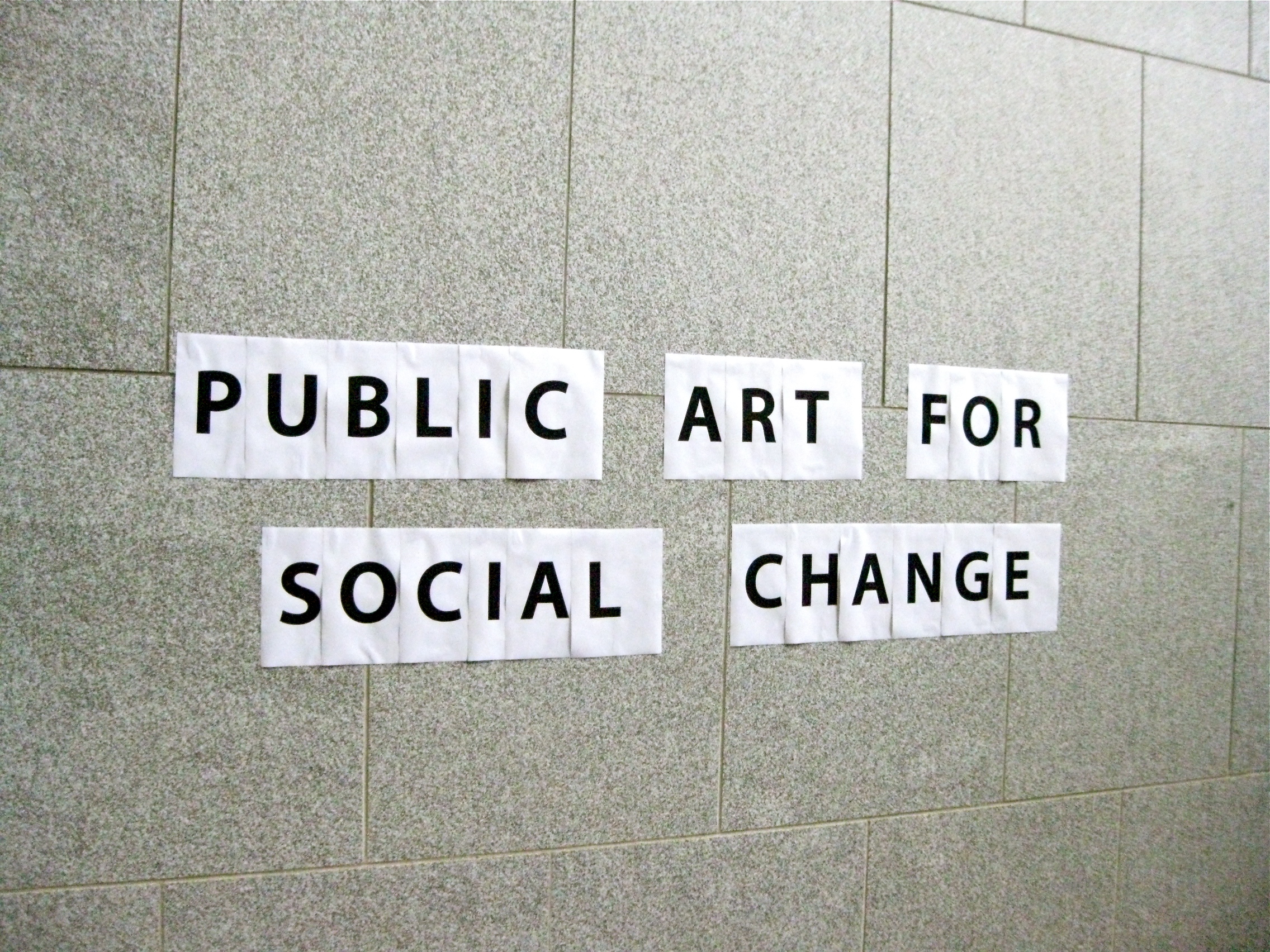 |
| A detail from the mural painted on the north wall of El Centro Humanitario. |
Please write yourself an assignment prompt of approximately
500 words. Your prompt should address all five of the questions below. It
should be sufficiently clear and detailed that you could assign your project to
someone else in class, confident that they’d know how to complete it.
1. Briefly describe the artwork you intend to create.
2. What social justice work do you want your art to do? What
change does it aim to bring about?
3. To bring about the change you want, who will your artwork need to
persuade? What makes you believe your artwork is well suited to persuade that
particular audience?
4. What is your plan for completing the work? Be specific and include a
timeline (knowing that a complete first draft of the project is due in class
next week.)
5. How will you share your work with John and Catherine?
When you’re done, please post your prompt to the “Final
Project Proposals” topic on our discussion board. Please follow the
instructions there and do not start a topic of your own.





